- Home
- international
- news
- These haunting photos show how the death penalty has evolved in America
These haunting photos show how the death penalty has evolved in America
Katie Balevic

- The use of the death penalty in the United States dates back to colonial times.
- Various methods of execution have been used over the years, including firing squad and lethal gas.
Public executions were permitted until the 1930s.
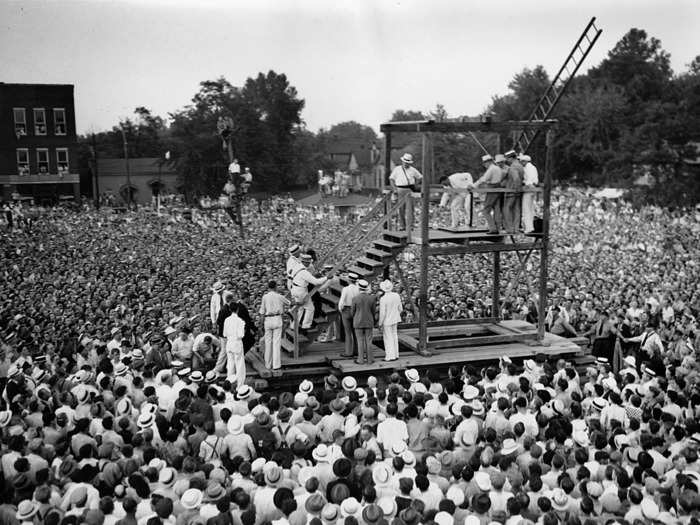
Capital punishment in the United States dates back to colonial times with some 16,047 people being executed between 1608 and 2022, according to the non-profit Death Penalty Information Center.
While executions were once public to send a message to other citizens, they became private affairs nationwide after a public hanging in Kentucky in 1936 went awry, per The New York Times.
Kentucky was the last state still conducting public executions at the time, according to the Times. The execution of Rainey Bethea for rape became a media spectacle drawing 20,000 observers from across the nation to the city of Owensboro. Less than two years later, the Times reported that Kentucky outlawed public executions, becoming the last state to ban the practice.
In 1890, New York saw the first execution by electrocution.
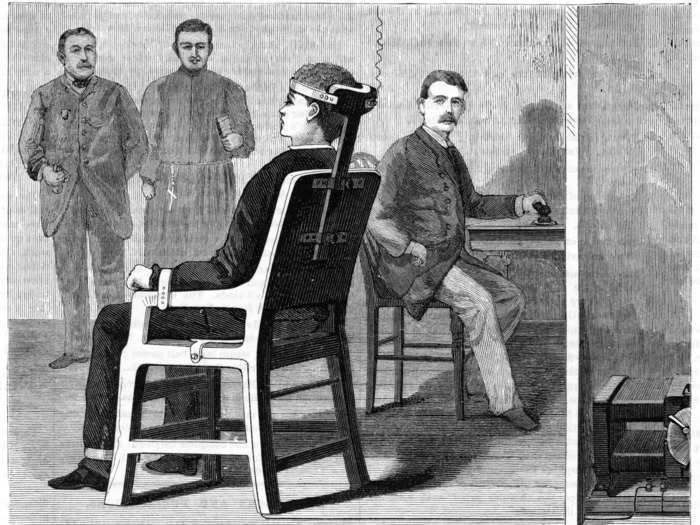
The first execution by electrocution was revolting to onlookers. In August 1890, William Kemmler was executed at Auburn State Prison for the murder of his wife, according to Syracuse.com.
Officials in New York used the electric chair for the first time, thinking it a quicker and more humane approach than hanging. In reality, news headlines of the day called it "Scientific Butchery," saying the "Death Chamber Reeks with the Smell of Burning Flesh," per Syracuse.com.
The first shock sent 1,700 volts of electricity through Kemmler's body for 17 seconds, but after a few moments of stillness, Kemmler gasped, prompting the doctors to quickly throw the switch again. They shocked him for nearly four more minutes, during which time several observers fainted or collapsed.
Despite the initial failure, the chair's popularity later surged, becoming the preferred method of execution for 26 states by 1949, per the outlet.
By the 1920s, executioners were using cyanide gas.
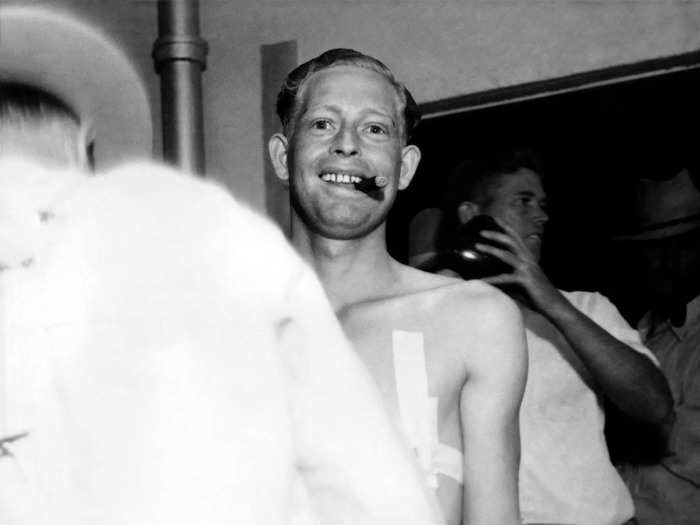
In 1924, some executioners were using hydrogen cyanide gas, per The Death Penalty Information Center, a DC-based non-profit. It was the same gas that would be used by the German Nazis in the genocide of thousands of Jewish people in World War II, according to The Associated Press.
In one Arizona execution, the Madera Tribune described how 23-year-old Jack Sullivan smiled at photographers as he was strapped into a chair in a gas chamber. Once the chamber was sealed, a warden "pulled a string leading to a receptacle under the execution chair" causing cyanide pellets to drop into a receptacle of sulfuric acid. Moments later, Sullivan's "grin had disappeared and his head slumped forward," per the Tribune.
By 1999, much of the US had turned away from lethal gas as experts found it to be a slow death wherein prisoners thrashed around and gasped for breath, per the AP.
One execution was by firing squad.
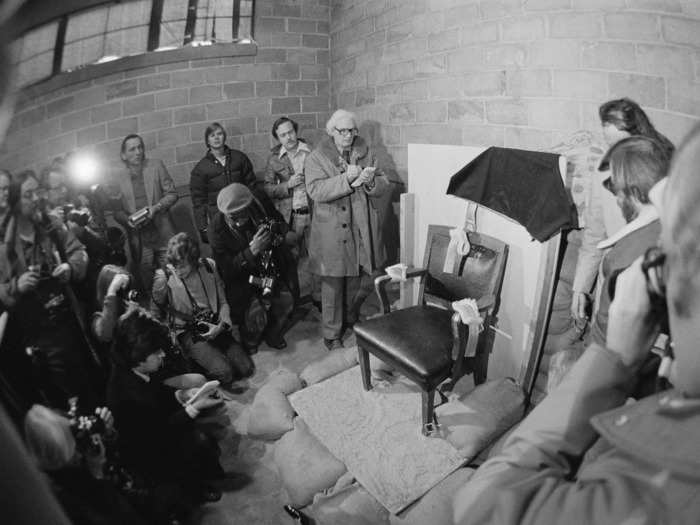
The execution of 36-year-old Gary Gilmore in 1977 was the first time the death penalty was used in the US since the Supreme Court had struck down capital punishment in 1972, according to ABC4 Utah.
Gilmore, convicted of two murders, was put to death by a firing squad at Utah State Prison, according to the outlet. The method of execution was his own request in lieu of hanging, per ABC4.
In the execution, Gilmore was strapped to a chair with a hood covering his head and a target on his heart. Five rifles poked through slits on the wall opposite Gilmore, whose final words were "Let's do it," according to The Guardian.
The first execution by lethal injection took place in 1982.
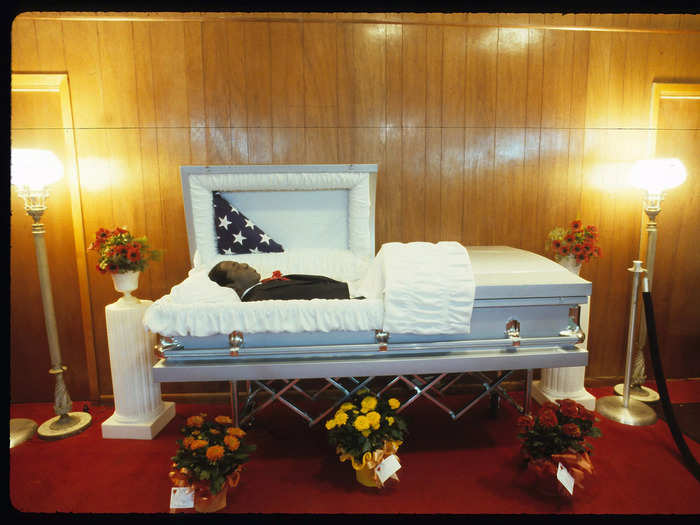
Lethal injection was first used as capital punishment in the 1980s. Convicted murderer Charles Brooks Jr., 40, was put to death in Huntsville, Texas on December 7, 1982, with drugs and sedatives, according to The New York Times.
At the time, lethal injection was hotly debated in the medical community as a more humane version of the death penalty that was complicated in a field wherein physicians vowed to do no harm, per the Times.
During the execution, witnesses said Brooks began rasping and wheezing, and his fingers trembled, according to the Texas Monthly. After a moment, he stilled and was declared dead.
Lethal injection would later become the most popular method of execution in the US, according to The Death Penalty Information Center.
The abolitionist movement began in the 1700s and remains today.
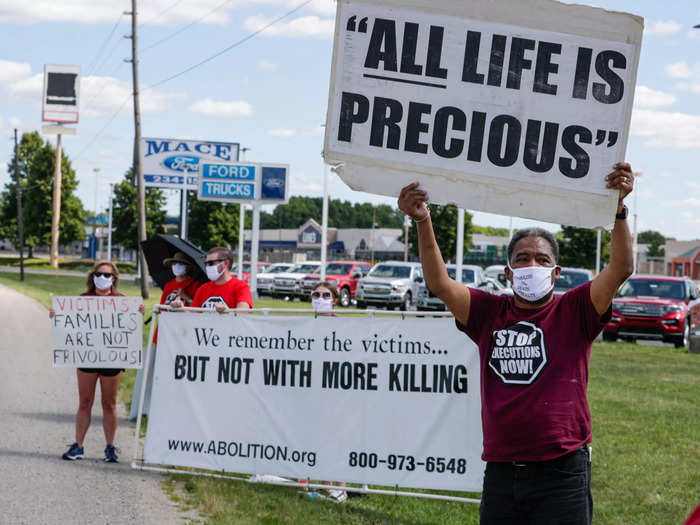
Almost as long as the death penalty has been recorded in the United States, it has been protested by abolitionists, according to the DPIC.
While the abolitionist movement began in the late 18th century, it remains a divisive topic today. Some 23 states in the US do not use the death penalty, while 24 do and three other states have moratoriums on the punishment, according to DPIC data.
Various executions have drawn national attention and pleas to governors to grant stays of execution, including from victims' families.
In the 2020 execution of 47-year-old Daniel Lewis Lee, family members of Lee's victims (as well as the prosecutor and trial judge) asked that his sentence be commuted to life in prison without parole, per The New York Times. Regardless, Lee was executed on July 14, 2020.
Popular Right Now
Popular Keywords
Advertisement